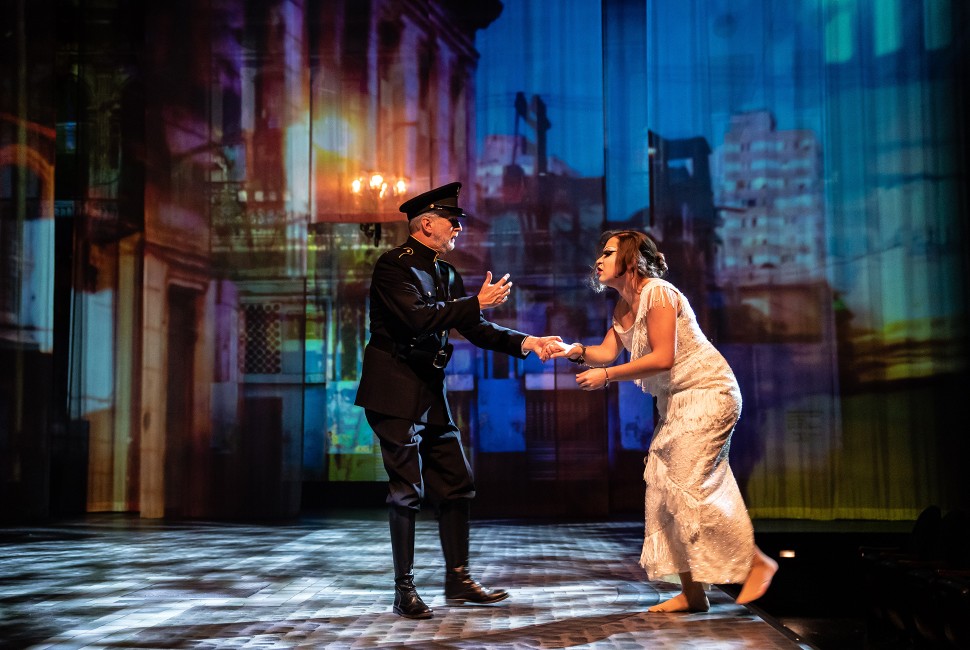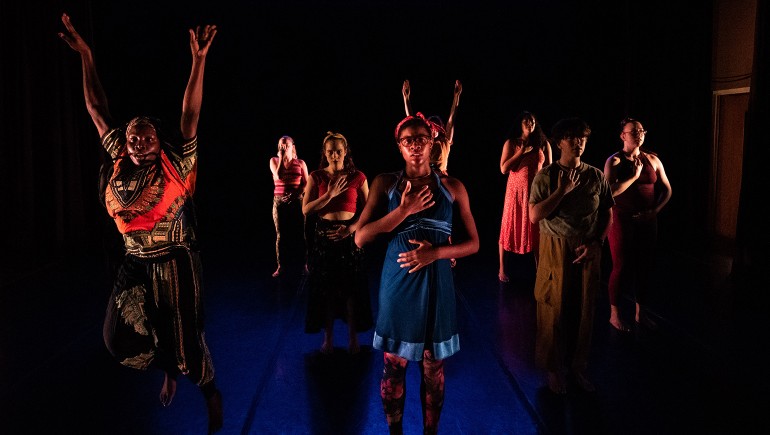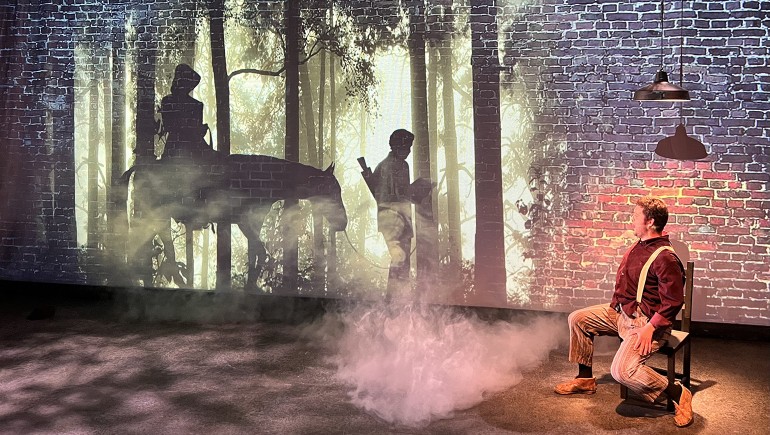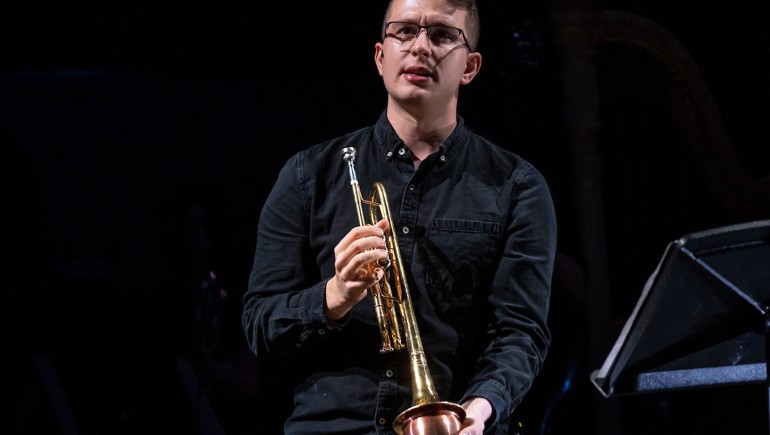Nationwide, performing arts programming has returned after two years of loss and upheaval caused by the pandemic. Northwestern practitioners of theater, music and dance assess the impacts of COVID-19 — and social justice changes still in progress — on their artistic fields.
Two trends have been quick to emerge.
The most performed playwright, Lynn Nottage, and Musical America’s Composer of the Year, Jessie Montgomery, of 2022-2023 are Black women, pointing to more inclusive programming. On the downside, performing arts venues have struggled to return to 2019 attendance levels.
From merging technology with live performance, to greater engagement with social issues, here are Northwestern experts’ predictions for new developments in the performing arts.
Embracing inclusion, attracting new audiences
Actor, director and theatre department chair Henry Godinez directed Chicago Shakespeare Theatre’s fall of 2022 production of “Measure for Measure.” The production included a deaf actor delivering lines in American Sign Language while another actor simultaneously interpreted his lines.
“Theatre companies must understand that the most genuinely effective way to attract new audiences is by telling stories that reflect the experiences of historically under-represented communities,” Godinez said. “The recent Broadway production of “Death of a Salesman” with an all-Black cast also illustrates the artistic benefits of telling classic stories in inclusive ways.
“The immediacy and significance of the social justice uprisings in the wake of George Floyd’s murder will hopefully not be lost to avaricious impulses to first and foremost sell tickets. The evidence so far is that it won’t,” Godinez said.
Dance faculty note a similar trend among choreographers to “look within” when creating new works.
“We are seeing more biography and identity politics as the basis for making creative work in dance and dance theater,” said Thomas F. DeFrantz, director of SLIPPAGE: Performance, Culture, Technology Lab at the School of Communication.
“We’re likely to see more experimental dance performances that explore how people feel from a very personal perspective of race, class, gender, sexuality, age, religion, disability, body type and place.”
Jeffery Hancock, associate professor of instruction of theater adds, “In addition to the ‘how we got here’ in the work content, there is increasing awareness of power and positionality in the practice of making dances.”





